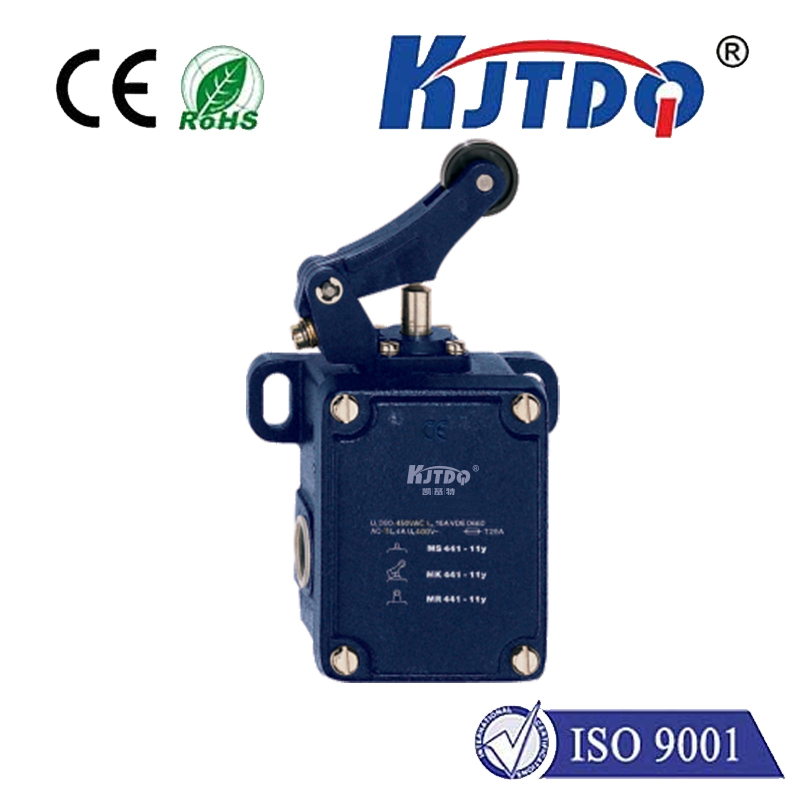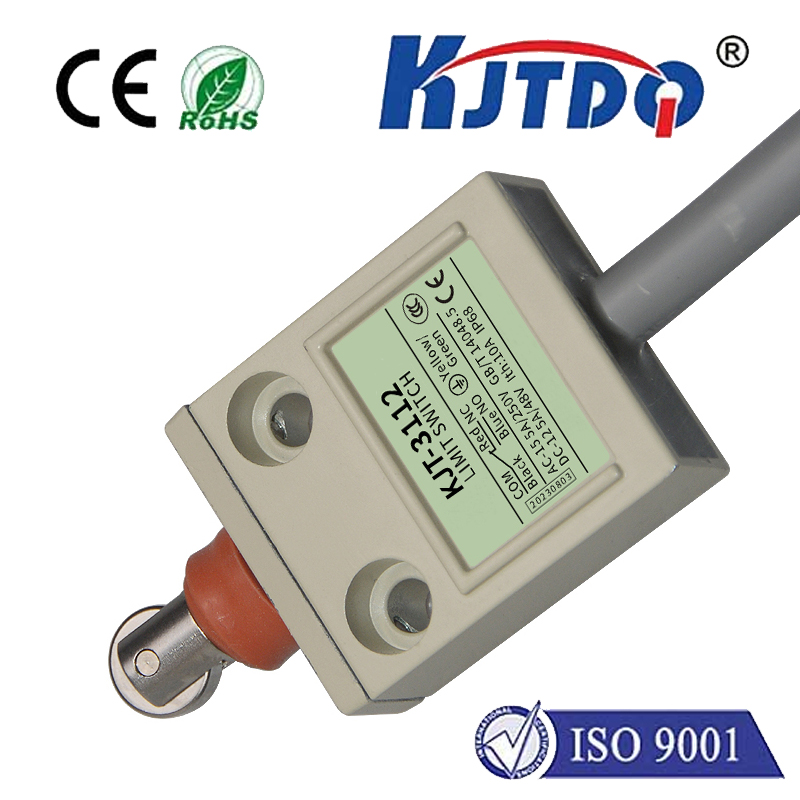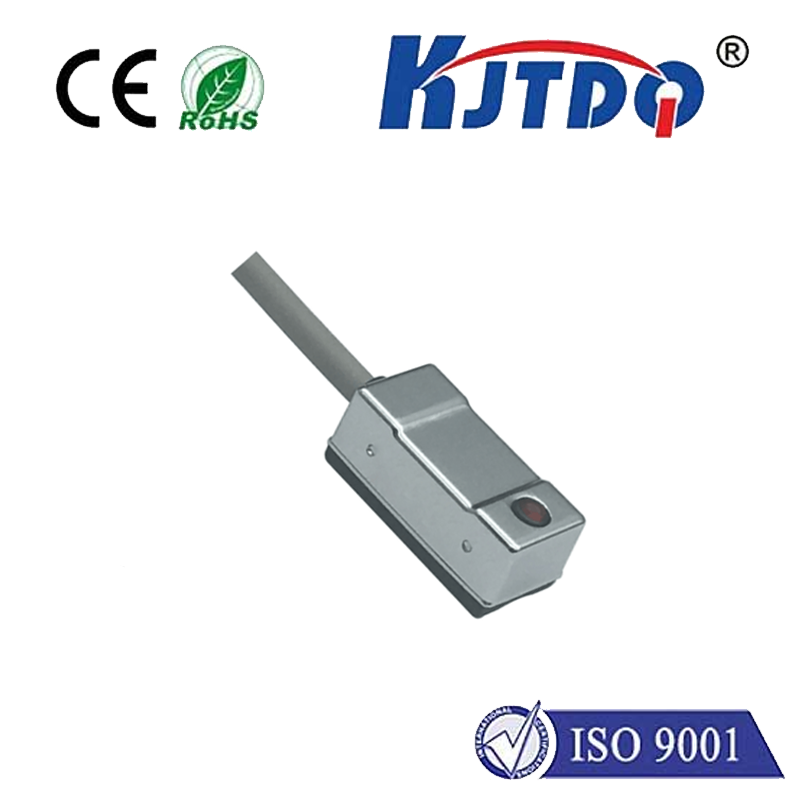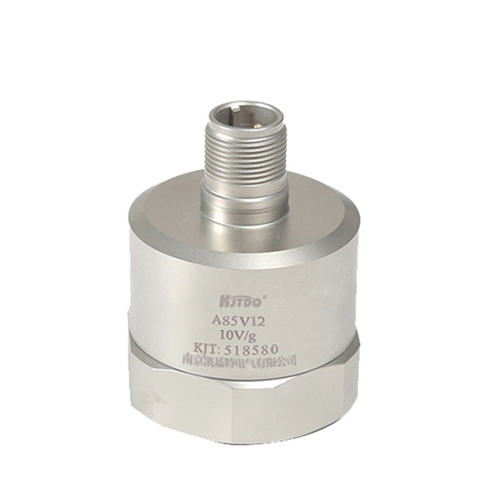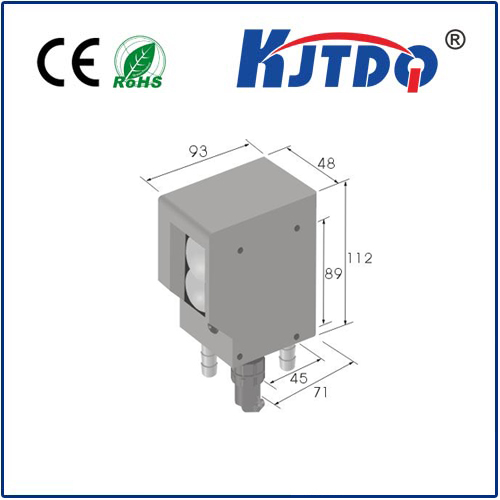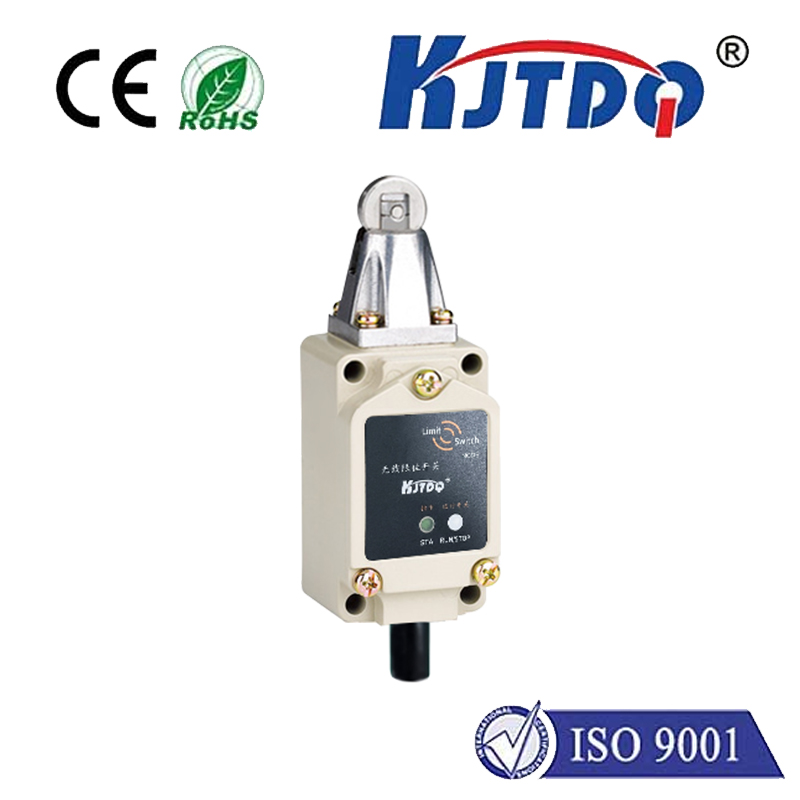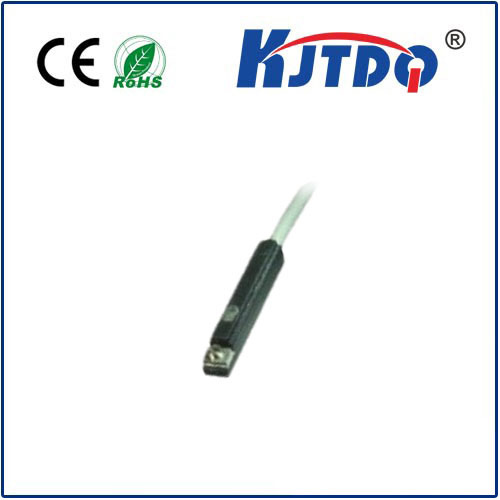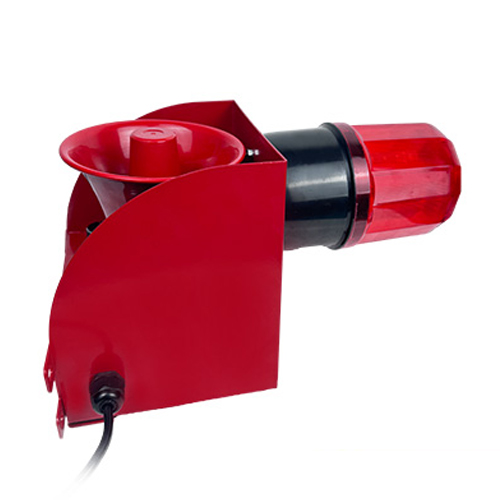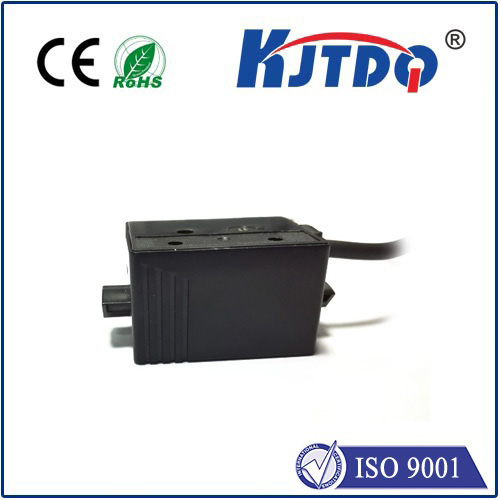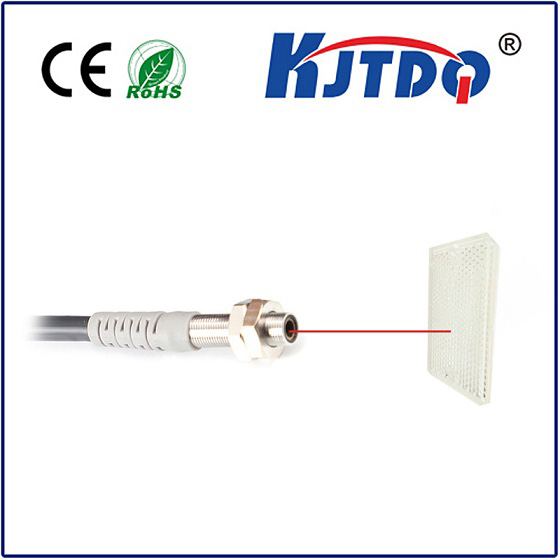diaphragm sensor
- time:2025-08-25 09:08:47
- Click:0
The Workhorse of Measurement: Understanding Diaphragm Sensors Across Industries
Imagine a critical manufacturing process silently humming: precise fluid flow, delicate gas mixtures, optimal tank levels. Hidden within the pipes and vessels, unseen guardians constantly monitor these vital parameters. A sudden pressure spike? A dangerous vacuum forming? These silent sentinels detect it instantly. At the heart of such critical monitoring often lies a remarkably versatile and reliable technology: the diaphragm sensor.
Often referred to as diaphragm pressure sensors or pressure transducers, these devices are fundamental components in countless industrial, commercial, and even biomedical applications. Their core function is deceptively simple yet profoundly effective: converting pressure (or force) into a measurable electrical signal. Understanding how they work, their advantages, and where they excel reveals why they remain a ubiquitous workhorse in the world of instrumentation.
The Core Principle: Pressure Meets Displacement
The magic begins with the namesake component: the diaphragm. Typically a thin, flexible disc made from metal (like stainless steel, Hastelloy) or specialized ceramics, this element forms a critical seal between the process medium and the sensor’s internal components. Here’s the fundamental sequence:

- Pressure Application: Pressure (P) from the fluid, gas, or other medium acts upon one side of the diaphragm.
- Diaphragm Deflection: The applied force causes the diaphragm to elastically deform – it flexes or deflects minutely (often just microns). This deflection-based measurement is central to its function.
- Displacement Sensing: The tiny movement of the diaphragm is detected by an integrated sensing mechanism. This is where the core technology variations come into play.
- Signal Conversion: The detected displacement is converted into an electrical output signal, proportional to the applied pressure. Common outputs include millivolt (mV), voltage (V), current (4-20 mA), or digital signals.
The Sensing Powerhouse Within: Key Technologies
The method used to detect the diaphragm’s minute deflection defines the sensor’s characteristics:
- Strain Gauges (Piezoresistive): Strain gauges bonded directly to the diaphragm or a connected structure change their electrical resistance when stretched or compressed. As the diaphragm deflects under pressure, the strain gauges deform, altering resistance. This change is measured precisely via a Wheatstone bridge circuit, producing an electrical signal. This is the most common technology, prized for its robustness, wide pressure range capability, and good accuracy.
- Capacitive Sensing: Here, the diaphragm itself acts as one plate of a capacitor. A fixed electrode is positioned very close to it, creating a small gap. When pressure deflects the diaphragm, the distance to this electrode changes, altering the electrical capacitance between the two plates. Measuring this capacitance change provides the pressure reading. Capacitive sensors are renowned for their high sensitivity, excellent stability, low power consumption, and ability to measure very low pressures (including vacuums).
- Resonant Technology: In these sensors, the diaphragm is designed to resonate at a specific frequency. Applied pressure changes the tension in the diaphragm material, shifting its resonant frequency. Detecting this frequency shift provides an extremely precise pressure measurement. While often used for high-accuracy applications, they can be more sensitive to environmental factors like temperature and vibration.
- Optical Sensing: Some advanced sensors use optical fibers or interferometers to detect diaphragm deflection. Changes in light intensity, wavelength, or interference patterns caused by the diaphragm’s movement are translated into pressure readings. These offer advantages like immunity to electromagnetic interference (EMI) and suitability for harsh or remote environments.
Why Choose a Diaphragm Sensor? Key Advantages
The widespread adoption of diaphragms as the pressure sensing element stems from several compelling advantages:
- Robustness: Metal diaphragms, especially those made from corrosion-resistant alloys, can handle demanding environments, aggressive media, high pressures, and temperature extremes. Material compatibility is a critical selection factor.
- High Accuracy and Repeatability: Modern manufacturing techniques enable the production of highly precise and consistent diaphragms, leading to reliable and repeatable measurements.
- Excellent Dynamic Response: Due to their low mass and direct sensing principle, diaphragm sensors typically offer fast response times to pressure changes.
- Wide Range Capability: Designs exist for measuring pressures from a few millibars (mbar) up to several thousand bar, covering vacuum, gauge, absolute, and differential pressure needs.
- Compact Design: They can be manufactured in very compact sizes, suitable for integration into tight spaces or handheld devices.
- Overpressure Protection: Well-designed diaphragms can offer inherent overpressure protection (sometimes reaching several times the rated pressure) before permanent damage occurs.
Ubiquitous Applications: Where Diaphragm Sensors Shine
The versatility of the diaphragm pressure transducer makes it indispensable across numerous sectors:
- Industrial Automation & Process Control: Monitoring and controlling pressure in pipelines, reactors, pumps, compressors, and HVAC systems. Essential for safety interlocks and process optimization. Level measurement in tanks often relies on diaphragm-based hydrostatic pressure sensors.
- Automotive: Monitoring engine oil pressure, fuel rail pressure, brake fluid pressure, turbo boost pressure, and airbag deployment systems. Engine management systems heavily depend on accurate pressure data.
- Medical & Healthcare: Used in ventilators, infusion pumps, blood pressure monitors (often disposable membrane sensors), dialysis machines, and anesthesia equipment. Biocompatibility is paramount here.
- Aerospace & Aviation: Monitoring cabin pressure, hydraulic systems, fuel pressure, and engine parameters under extreme conditions.
- HVAC/R: Controlling refrigerant pressures, monitoring airflow, and ensuring system efficiency in heating, ventilation, air conditioning, and refrigeration units.
- Energy Sector: Monitoring pressures in oil and gas pipelines, wellheads, turbines, and hydraulic fracturing operations. Also used in renewable energy systems like wind turbines.
- Test & Measurement Equipment: Found in calibration benches, leak detectors, data loggers, and various laboratory instruments.
Selecting the Right Diaphragm Sensor: Critical Considerations
Choosing the optimal diaphragm sensor involves careful evaluation beyond just pressure range:
- Pressure Type: Is it gauge (relative to atmosphere), absolute (relative to vacuum), sealed gauge (relative to a fixed reference), or differential (difference between two pressures)?
- Media Compatibility: What fluid or gas is being measured? The diaphragm material (e.g., 316L Stainless Steel, Titanium, Hastelloy C276, Ceramic) must be chemically compatible to ensure longevity and prevent contamination.
- Temperature Range: Both the process temperature and the ambient environment temperature affect performance and accuracy.
- Accuracy & Stability: Required measurement precision and long-term drift tolerance.
- Output Signal: Compatibility with existing control systems (e.g., 4-20mA, 0-10V, digital protocols like I2C, SPI).
- Environment: Exposure to shock, vibration, humidity, or potentially explosive atmospheres (requiring intrinsic safety certifications).
- Process Connection: The fitting type (e.g., NPT, G, flange) that physically connects the sensor to the process.
From ensuring the safety of high-pressure industrial systems to enabling the precise delivery of life-saving drugs, the diaphragm sensor operates quietly but critically. Its elegant blend of mechanical simplicity and sophisticated sensing technology makes it an enduringly reliable solution for capturing one of the most fundamental physical parameters across the technological spectrum. Understanding its principles and applications empowers engineers and technicians to select and deploy this vital component effectively












